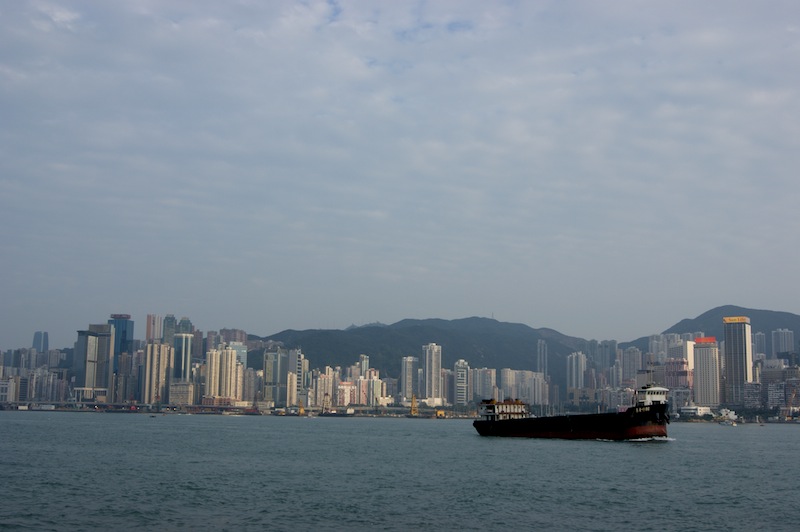Hong Kong’s Museum of History is a fantastic place to spend a couple of hours, learn about the territory’s past and kill time before the flight back home.
It was our last day in the city, and one that dawned with us suffering the after effects of a marathon drinking session the night before. Fortunately the museum wasn’t too far from our hotel because I don’t think I could’ve coped with a long and difficult journey.
The museum has clearly spent a lot of money on its Story of Hong Kong exhibit, which shows the territory’s journey from pre-history to the present day. It’s not particularly interactive but is much more than a collection of dusty cabinets full of old relics. There are short films about key periods in the city’s history, recreations of old shops, family homes and businesses, and some colourful cultural and folk history displays.
It took us several hours to complete the tour but it turned out to be one of the best museums I’ve visited in a long time. And I came away with a much clearer understanding of the city in which we’d spent the week, how it had become a financial powerhouse, how some of its people had grown rich while many others had suffered in squalor.

Sadly there weren’t too many people around and those that were were mainly kids who spent their time taking photos of themselves and their friends amid the displays. They didn’t appear to have any interest in the story, only on finding a different backdrop for the pictures they were busily posting on social media. It’s curious and sad that the digital world has made so many of us blind to the very attractions that we’re so obsessively recording. I bet if we’d asked them what they thought of the museum they would’ve looked at us in stunned surprise that they’d even been in one.
In fact, one of my abiding memories of Hong Kong is of a city where people are even more obsessed with their mobiles than they are back in Europe, if that’s possible. Quite why, I have no idea. On the metro I rarely saw anyone reading a book or a newspaper, as you would in the UK. Everyone had their eyes glued to their phones instead, with zombie-like expressions on their faces. Walking along the streets became an obstacle course as we dodged people wrapped up in their apps and texts, not looking where they were going.
Having said that, the people in Hong Kong we encountered were otherwise polite in a reserved way. Service was often superb, especially at our fantastic hotel. Unlike Macau, we didn’t have to put up with a background soundtrack of people hawking up phlegm everywhere.

The territory is undoubtedly a great place to visit, despite the fact that so much of its architectural heritage has been torn down in the rush to make a fast buck. The famous tower blocks dominate and some are stunning, and while designer stores are almost as common, we only had to turn a corner to find the old Hong Kong of market stalls laden down with colourful fruits and vegetables, meat and fish, or little shops selling traditional Chinese medicines and other odds and sods.
It’s an old cliche but Hong Kong is where east meets west, where the worst excesses of capitalism haven’t quite eclipsed the old ways. But I sense that in not too many years even those old ways and the old streets left around Central will be gone. During our stay, signs in Lan Kwai Fong advised that this restaurant or that, or another atmospheric street, was closing to make way for yet another skyscraper.
Still, we found a lot more to Hong Kong than the Island and a lot more to explore. There are vast tracts that remain untouched by developers, largely because the terrain is so mountainous, and that makes it a lot greener than I expected it to be. We only touched a small part of it during our stay, which is why this is a city I know I’ll come back to one day.
Home, then, on BA’s new A380 and another Club World experience. Nice…

